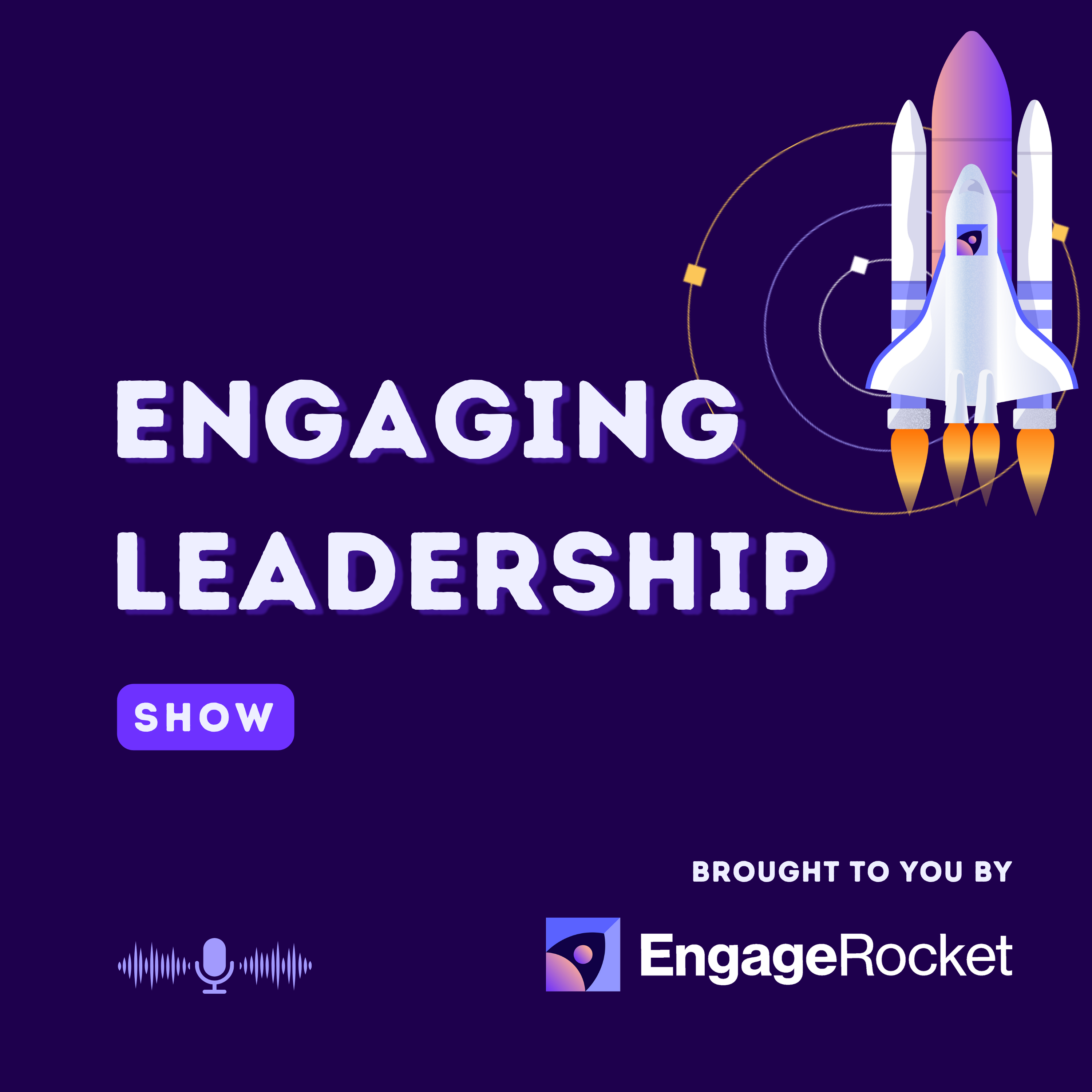Why Is Bias Something You Should be Extremely Worried About When it Comes to Your Talent?
In this transcript, the speaker highlights the issue of bias in the talent lifecycle and how it can hinder an organization's ability to attract and retain top talent. The speaker suggests that bias can show up in various stages of the talent lifecycle, including talent attraction, hiring, and performance management. To mitigate bias, the speaker recommends several strategies, starting with ensuring that job descriptions are inclusive and focused on outcomes rather than ideal candidates. Standardized interviews and diverse interview panels can also help eliminate bias in the hiring process. The speaker also emphasizes the importance of training on how to mitigate unconscious bias and having clear, objective metrics for performance reviews. Ultimately, the speaker argues that eliminating bias from the talent lifecycle is critical for building an elite organization and leaving a legacy.
Timestamp
0:00:00 Bias is a common blocker in achieving HR and managerial goals.
0:01:08 Eliminating bias in the hiring process through standardized interviews and diverse interview panels.
0:02:23 Diversity in the hiring panel increases the likelihood of selecting top candidates.
0:03:25 Training to mitigate unconscious bias is critical for busy HR teams and leaders.
0:04:04 Objective metrics in performance reviews eliminate recency bias.
0:04:57 Bias reduction is key to attracting the best pool of candidates and building an elite organization.
Transcript
Reducing Bias in Your Employee Life Cycle
[:Bias shows up across the entire talent lifecycle, whether you're talking about talent attraction, hiring, performance management. The issue of bias is something that every leader within an organization should have a clear line of sight on and guard against to make sure that you're making the best decisions through the entire employee life cycle.
Every leader within the organization and every person within the organization needs to have strategies that are grounded in objectivity. One of the first things that should be looked at starts with how your job descriptions are structured.
way that's inclusive? is the [:Bias often creeps into the interview process, and especially if you're talking about. Certain functions like sales, where managers have preconceived notions of what good looks like, but that's not really an indicator of job performance, and this is where having standardized interviews.
ing field where our personal [:Another way that you can eliminate bias in the hiring process is making sure that your interview panel is representative and diverse. You need to make sure that you're creating space for those different perspectives, and the reality of it is that the more diverse your hiring panel is.
e eliminating bias from that [:Another way that bias can be eliminated in the talent life cycle is through training. Everyone has biases. This shouldn't be something that's controversial or or makes people defensive.
Training on how to mitigate un unconscious bias is gonna be something critical for organizations and busy HR teams to put into place so that their leaders can be as effective as possible. This helps you eliminate the blind spots that everybody has.
Lastly, regular one-on-ones, more frequent evaluation periods, more objective criteria, all of that rolls into your performance review process, and you're not having reviews shaped by recency bias.
ized in what you do and that.[:One of the critical elements that busy HR teams and busy leaders need to focus on is how are they mitigating and reducing bias through the entire employee life cycle? And that's gonna be the key to tap in to all of the capability both inside your organization and also attract the best pool of candidates possible.
If you don't approach this with an eye towards diversity, if you don't approach this with an eye towards reducing bias in the process, you're going to be dealing with a smaller and smaller pool of candidates and. Your internal team is gonna get burnt out because you won't be able to find the talent to fill the roles because that talent is not gonna be interested in working in an organization that does not represent them.
The goal for most leaders, [:


